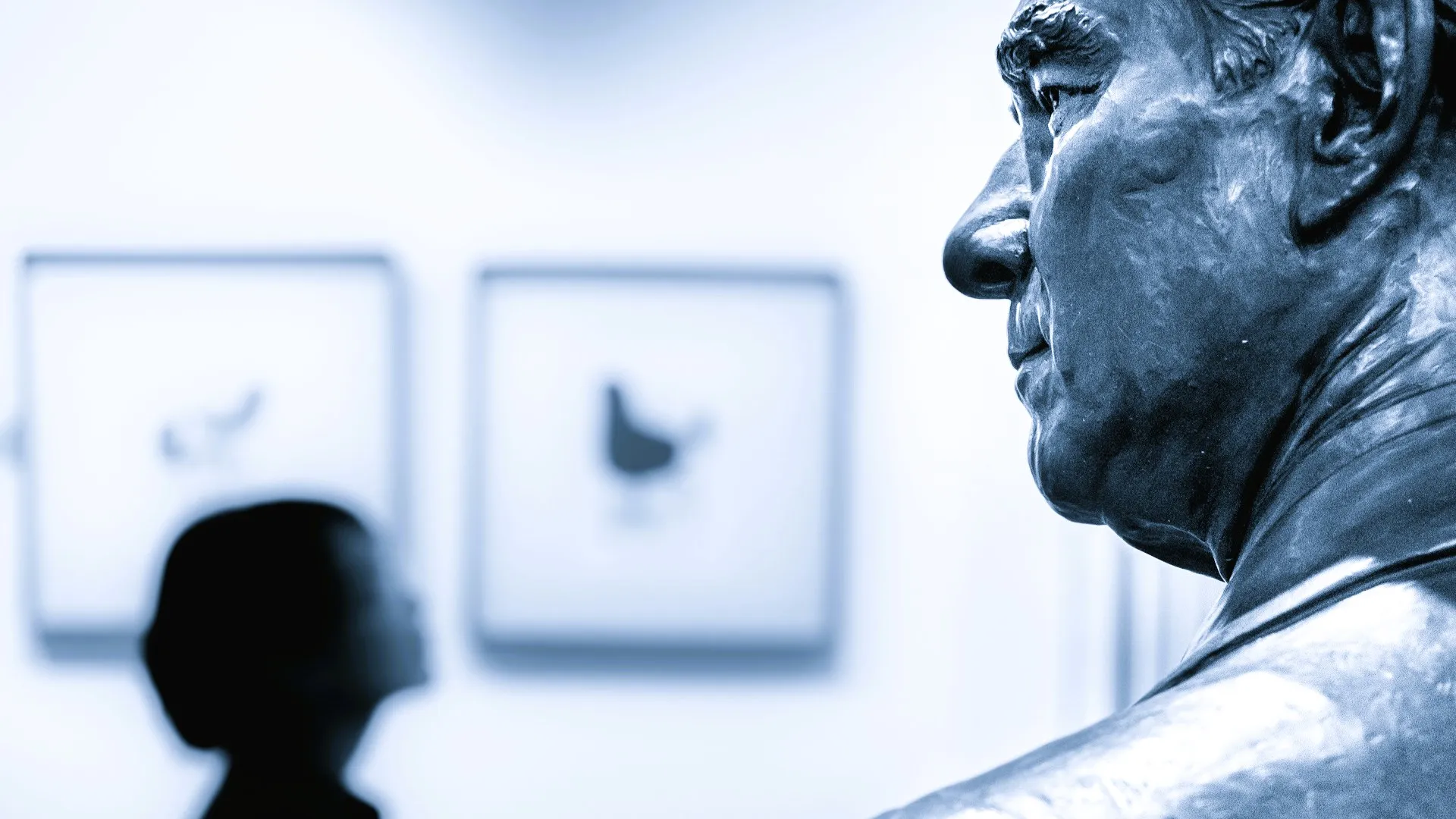Help Center
Track an Order
Use your order number and email to find your parcel.
FAQ's
Quick answers for shopping, shipping and other queries.
Customer Care
After-sale support to ensure you're satisfied, or give feedback.
No products in the cart.
Hanging pictures for effect

How you present the pictures on your wall can work to make bold statements or tell a story. Deciding their layout on the wall, and how much breathing space you give them, adds personality or an intimate touch to your living spaces. Let’s look at some options…
Tip: To begin playing with these techniques, find a few wall art designs in our store that you like and add them to your Wish List. This will help you visualize them on your wall.
Focal Points
This is wall art that stands out in a space. And it’s meant to, either because its content is bold and makes a statement, or its size alone sets the mood in a space. Size, actually, is the key for creating focal points because large wall art is captivating. It attracts attention and stokes the imagination.
What is large enough? Well, that depends on the space. Commonly in interior design, the guideline is to use 60-75% of the available wall space for wall art. This range creates a balanced look without overwhelming the room.
Use this calculator to find the ranges available to artworks on your walls.
Collages
Collages are a gallery of images that function as frames of a story. Together they describe people, experiences and events, anything really. The sentimental, or other value, of the story being told through the collection of pictures is the power of collages.
The key to collages is choosing pictures that are related in some way. A time period, similar themes or colours are just some of the ways that you can link visuals together to tell a story, so let your creative juices flow!
To help design collages, check out this handy guide on choosing, sizes, quantities and layouts.
Unity
Unity is the use of consistency to create or amplify the mood in a room. It can be created by choosing wall art with similar colours, themes or styles. For example, a series of black and white photographs on a particular subject, or several abstract pictures with a similar style of brush strokes. The possibilities in how you apply consistency are endless, but the nett effect is unity.
Unity using wall art is useful when you like a few different pictures for a space and can’t decide which to use. The similarities between them can help to link them together for your intended purpose.
Pairing
Similar to collages, pairing puts two pictures together to compliment or contrast each other. While collages combine several pictures to tell a story, pairing focuses on specific moments or impressions for dramatic effect.
Create pairs by using the same image in alternate ways. For example, Andy Warhol used alternate colours for the same faces in his famous portraits. It shows different interpretations of the same subject – thought provoking!
Pairing also offers a lot of room to experiment. Consider the same images alongside each other, one with positive light and the other in negative. Or, what about the same image as a line drawing with a full colour version alongside to show progression.
The lesson here is that you’re the curator. You decide your intent and what creates meaning for you. In the end, if it looks good to you, that’s all that matters.
